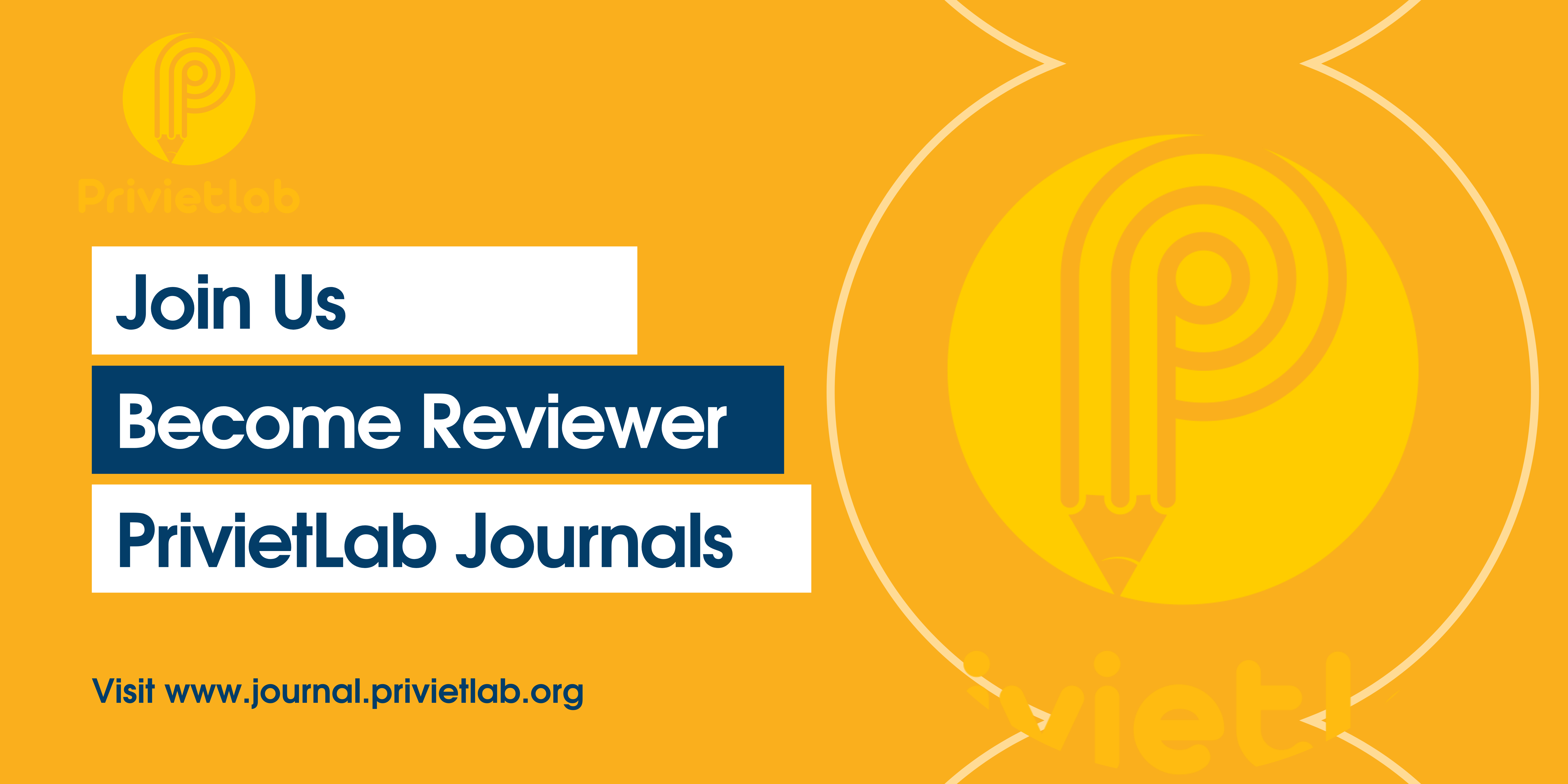Exploring the process and challenges of Indonesian education students in the use of Canva media in project-based learning
DOI:
https://doi.org/10.55942/pssj.v5i11.885Keywords:
project-based learning, Canva media, creativity, collaboration, digital literacy, higher education, learning challengesAbstract
This study aims to explore the processes and challenges experienced by students of the Indonesian Education study program in utilizing Canva as a learning medium in PjBL. This research uses a descriptive qualitative research method with thematic interviews and data analysis techniques. This research not only explores the processes and challenges but also relates to the TPACK framework. The results show that students have been familiar with Canva since high school and that the frequency of use increases as the semester rate increases. Canva's use of media is considered to help in planning creative, efficient, and collaborative project outcomes. However, several challenges in its use still arise, especially those related to unstable Internet connections, weak coordination between group members, and limited premium access. These findings confirm that the use of Canva not only enriches students' learning experiences but also demonstrates the integration of technology, pedagogy, and content elements as described in the Pedagogical Knowledge and Technology Content (TPACK) framework. Through this integration, students learn to balance technological skills with pedagogical understanding and learning materials. Overall, Canva's implementation in PjBL contributes to strengthening 21st-century skills such as critical thinking, collaboration, communication, and digital literacy. This study recommends increasing digital infrastructure support and learning technology training for students so that the use of Canva in PjBL can be more optimal and sustainable.
References
Afriyanti Nasution, L., Siregar, J., Novika, S., & Muslim Nusantara Al -Washliyah, U.(2024). Model Project Based Learning Berbasis Media Canva Untuk Calon Guru Sekolah Dasar. Jurnal Ilmu Pendidikan, 5(1), 54-55. https://doi.org/10.32696/jip.v5i1.3181
Amriani, R., Ulwiah, P., & Astuti, D. S.(2024). Upaya Peningkatan Hasil Belajar Peserta Didik Melalui Penerapan Model Problem Based Learning Menggunakan Media Canva Pada Mata Pelajaran Bahasa Indonesia Di Kelas V Sd Inpres Pa’baeng-Baeng. Didaktik: Jurnal Ilmiah PGSD STKIP Subang, 10(4), 292-300. https://doi.org/10.36989/didaktik.v10i04.4393
Arifin, Z. B., Farkhan, M. N., Tasjuddin, M. R., Rahmadhani, S. A., & Salsabila, U. H. (2024). Digital Literacy as a Fundamental Competency in the 21st Century Education. Linguanusa, 2(1), 18-28. https://doi.org/10.6305/ln.v2i3.68
Damayanti Nababan, Alisia Klara Marpaung, & Angeli Koresy. (2023). Strategi Pembelajaran Project Based Learning (Pjbl). Jurnal Pendidikan Sosial Dan Humaniora, 2(2), 706–719. Retrieved from https://publisherqu.com/index.php/pediaqu/article/view/178
Djamil Nur, M. M. (n.d.). Eksplorasi Pengalaman Mahasiswa Menggunakan Canva untuk Meningkatkan Kualitas Presentasi pada Mata Kuliah Media dan Teknologi Pembelajaran PAI. Prosiding Kajian Islam dan Integrasi Ilmu di Era Society 5.0 (KIIIES 5.0) Pascasarjana Universitas Islam Negeri Datokarama Palu 2024, 3(1), 219-222. https://jurnal.uindatokarama.ac.id/index.php/kiiies50/issue/archive
Fidela, W., & Fadilah, M. (2024). Literature Review: Penerapan Model Project Based Learning (PjBL) untuk Meningkatkan Hasil Belajar dan Kemampuan Berpikir Kreatif Siswa SMA. Jurnal Pendidikan Dan Pembelajaran Indonesia (JPPI), 4(4), 1498–1511. https://doi.org/10.53299/jppi.v4i4.745
Guo, P., Saab, N., Post, L. S., & Admiraal, W. (2020). A review of project-based learning in higher education: Student outcomes and measures. International Journal of Educational Research, 102, 1-6. https://doi.org/10.1016/j.ijer.2020.101586
Irfan Rizkiana Raja Nugraha, Supriadi, U., & Mokh. Iman Firmansyah. (2023). Efektivitas Strategi Pembelajaran Project Based Learning dalam Meningkatkan Kreativitas Siswa. Jurnal Penelitian Dan Pendidikan IPS, 17(1), 39–47. https://doi.org/10.21067/jppi.v17i1.8608
Juwairia, J., Koryati, D., Amrina, D. E., & Sintara, U. (2022). Meningkatkan Kreativitas Desain Flyer Digital Menggunakan Aplikasi Canva Melalui Model Pembelajaran Project Based Learning (Pjbl). Jurnal PROFIT: Kajian Pendidikan Ekonomi Dan Ilmu Ekonomi, 9(1), 15–26. https://doi.org/10.36706/jp.v9i1.16084
Koehler, M. J., Mishra, P., Akcaoglu, M., & Rosenberg, J. M. (2013). The Technological Pedagogica; Content Knowledge Framework for Teachers and Teachers Educators. Michigan. Commonwealth Educational Media Centre for Asia.
Kokotski, D., Menzies, V., & Wiggins, A. (2016). Project Based Learning: A Review of the Literature. Improving Schools, 9(13). https://doi.org/10.1177/1365480216659733
Naeem, M., Ozuem, W., & Ranfagni, S. (2023). A Step-by-Step Process of Thematic Analysis to Develop a Conceptual Model in Qualitative Research. International Journal of Qualitative Methods, 22, 1-18. https://doi.org/10.1177/16094069231205789
Nasution, A. F. (2023). Metode Penelitian Kualitatif. CV. Harfa Creative.
Noviati, Malika Dian Ayu. (2021). Workshop Penguatan Kompetensi Guru 2021 SHEs: Conference Series 4 (6) (2021) 644-647 Application of the Project Based Learning Model (PJBL). https://doi.org/10.20961/shes.v4i6.68514
Santoso, J. (2023). Mengatasi Tantangan Keterlibatan Mahasiswa: Strategi Efektif untuk Menciptakan Lingkungan Belajar yang Menarik. Jurnal Ilmiah Kanderang Tingang, 14(2), 469–478. https://doi.org/10.37304/jikt.v14i2.267
Shambare, B., & Simuja, C. (2024). Unveiling the TPACK Pathways: Technology Integration and Pedagogical Evolution in Rural South African Schools. Computers and Education Open, 7, 2–5. https://doi.org/10.1016/j.caeo.2024.100206
Siswanjaya, S. (2021). Penggunaan Canva pada Pembelajaran Berbasis Proyek untuk Meningkatkan Keterampilan dan Motivasi Menulis Siswa. Jurnal Didaktika Pendidikan Dasar, 5(2), 421–442. https://doi.org/10.26811/didaktika.v5i2.259
Sugiyono. (2013). Metode Penelitian Kualitatif, Kuantitatif dan R&D. Penerbit Alfabeta.
Supit, D., Meiske Maythy Lasut, E., Jerry Tumbel, N., Klabat, U., Airmadidi Bawah, J., & Utara, S. (2023). Gaya Belajar Visual, Auditori, Kinestetik terhadap Hasil Belajar Siswa. Journal on Education, 05(03), 6994–7003. https://doi.org/10.31004/joe.v5i3.1487
Syahputra, A., Harahap, R. D., & Safitri, I. (2022). An Analysis of Student Learning Challenges in Elementary School Science Subject. Jurnal Kependidikan: Jurnal Hasil Penelitian Dan Kajian Kepustakaan Di Bidang Pendidikan, Pengajaran Dan Pembelajaran, 8(1), 237. https://doi.org/10.33394/jk.v8i1.4508
Wulandari, A. P., Salsabila, A. A., Cahyani, K., Nurazizah, T. S., & Ulfiah, Z. (2023). Pentingnya Media Pembelajaran dalam Proses Belajar Mengajar. Journal on Education, 05(02), 3928–3936. https://doi.org/10.31004/joe.v5i2.1074
Downloads
Published
How to Cite
Issue
Section
License
Copyright (c) 2025 Fahma Aisyah Putri Alwa, Khalisa Kadhia Maulana, Silvi Bahriya, Hindun Hindun

This work is licensed under a Creative Commons Attribution 4.0 International License.

















